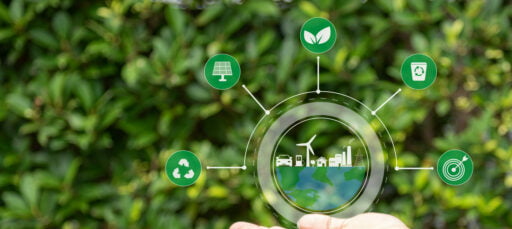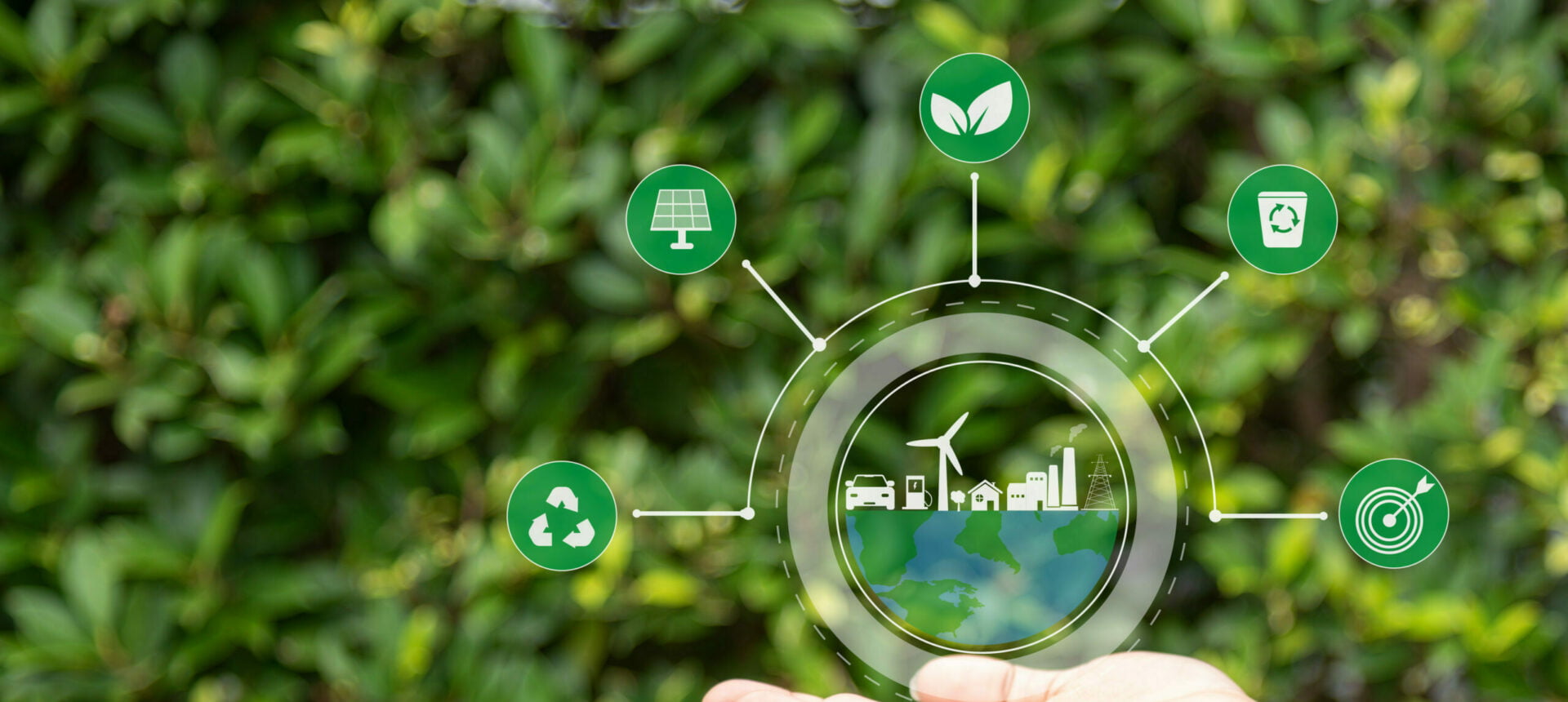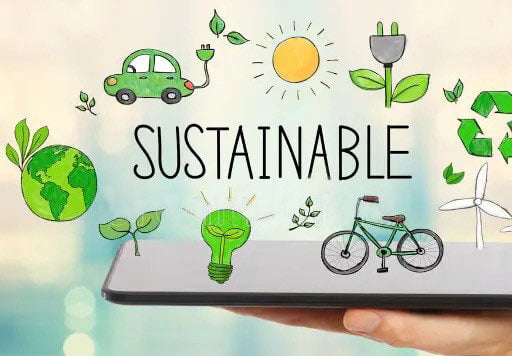Introduction
In the present quickly changing business landscape, sustainability has emerged as a critical driver of success for firms globally. As firms attempt to strike a balance between economic growth and environmental and social responsibility, numerous noteworthy trends in sustainable business practices have developed. These developments demonstrate a transition toward more environmentally friendly and socially responsible company practices. This transition is fueled by consumer demand, regulatory pressures, and an awareness of the long-term value of sustainability. Let’s look at some of the key trends impacting the future of sustainable business practices.
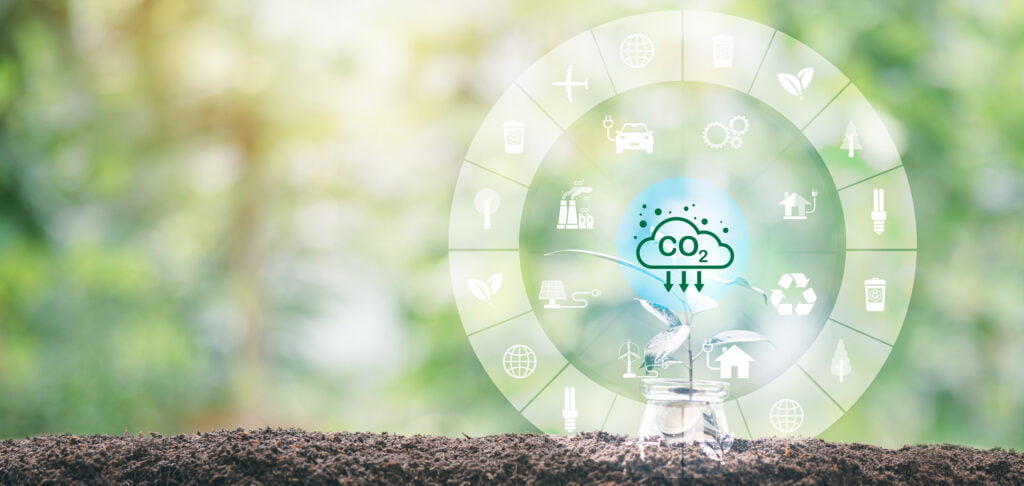
Key Trends
1: Corporate Social Responsibility (CSR) Initiatives
Companies are increasingly incorporating CSR programs into their business strategy, realizing the value of positively impacting society and the environment. CSR programs cover a wide range of activities, including charity, community participation, employee volunteerism, and environmental protection.
2: Renewable Energy Adoption
As the increasing danger of climate change, businesses are turning to alternative sources of energy like solar, wind, and hydroelectric power. Through this strategy they can lower their carbon footprint and rely less on fossil fuels. Adopting renewable energy is helping businesses decrease greenhouse gas emissions. Also it is saving money over time and improves energy security.
3: Green Economy Models
The green economy concept, which seeks to reduce waste while increasing resource efficiency, is gaining traction among corporations around the world. Instead of adhering to the old linear “take-make-dispose” model, businesses are embracing circular economy ideas. They are doing so by creating products for longevity, reuse, repair, and recycling. Businesses may reduce the production of waste, save resources, and generate value from leftovers and waste streams. They achieve this by closing the substance flow loop and prolonging product lifecycles.
4: Supply Chain Transparency
Businesses are expanding their focus on supply chain transparency in response to rising consumer demand for ethical and ecological products. Transparent supply chains allow businesses to track the sources of raw materials. They also enable companies to monitor worker conditions and assure environmental compliance throughout the manufacturing process. Businesses that promote openness and accountability in their supply chains can increase consumer trust, reduce reputational risks. They can also achieve beneficial social and environmental consequences.
5: Sustainable Innovation
Innovation is critical in advancing sustainability across industries, as businesses strive to develop new goods, services, and business models that provide value while reducing environmental impact. Businesses are adopting innovation to address sustainability concerns and benefit on growing market opportunities, ranging from green technologies and eco-friendly materials to novel business models and sustainable packaging options.

Successful Examples of Sustainable Business Practices
1: Patagonia
Patagonia, a well-known outdoor apparel manufacturer, has long been committed to sustainability. Patagonia exhibits its commitment to waste reduction and environmental impact with programs such as the Worn Wear program, which encourages clothing repair and reuse.
2. Unilever
Unilever, a large consumer goods firm, has made great efforts toward sustainability with its Sustainable Living Plan. This firm demonstrates its dedication to sustainable business practices. Also it is setting ambitious goals for reducing its environmental footprint and improving its social effect.
3. IKEA
IKEA, the Swedish furniture store, has integrated sustainability into its operations, from material sourcing to energy-efficient product design. IKEA’s “People & Planet Positive” plan seeks to make the company totally circular and climate-positive by 2030.
4. Interface
Interface, a global carpet tile maker, has developed innovative sustainability programs, including Mission Zero. The main purpose of this organization is to remove the company’s negative environmental impact by 2020. Interface displays leadership in sustainability with efforts like as carbon offsetting and closed-loop manufacturing.
FAQs
🤔 How are businesses addressing climate change through sustainable practices?
Answer: Businesses are addressing climate change by reducing their carbon footprint, adopting renewable energy, and investing in green technologies.
🤔 What role do multinational firms play in advancing global sustainability?
Answer: Multinational firms contribute significantly to global sustainability by implementing sustainable corporate practices, influencing supply chain partners, and pushing for governmental changes.
🤔 How do sustainable business practices benefit the bottom line of companies?
Answer:Sustainable business practices can help organizations save money by lowering operational expenses, improving brand reputation, recruiting socially conscious customers, and limiting regulatory concerns.
🤔 What challenges do businesses face in adopting sustainable practices on a global scale?
Answer: When it comes to implementing sustainable practices on a worldwide scale, businesses confront hurdles such as legislative complexity, resource restrictions, cultural differences, and the need for new technology investment.
🤔 How can small and medium-sized enterprises (SMEs) contribute to global sustainability efforts?
Answer: SMEs can contribute to global sustainability initiatives by incorporating sustainable practices into their operations, cooperating with stakeholders, and using partnerships to effect positive change.
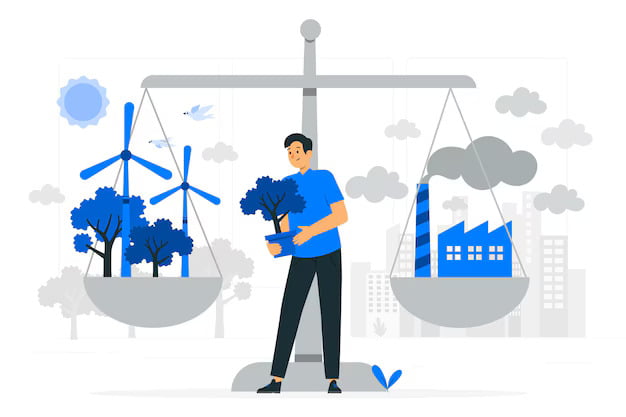
Summary of Sustainable Business Practices
Now it’s time to windup the topic by summarize key points which we have mentioned before. As organizations around the world continue to embrace sustainability, the global perspective on sustainable business is shifting. Companies that adopt sustainable practices can not only reduce environmental and social risks. They can also stimulate innovation, build confidence among stakeholders, and produce long-term benefits for society and the world.


